The Fear Factor: How Fear Undermines Poker Performance & How to Play Without Hesitation
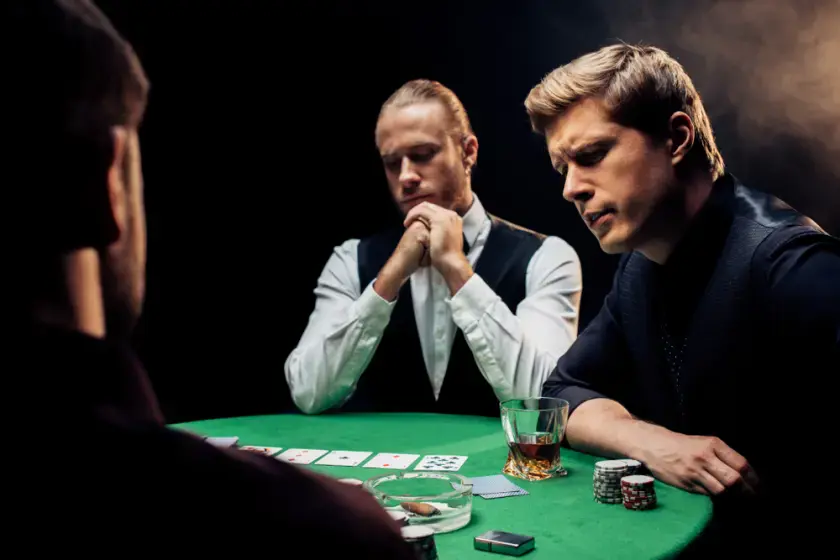
Essential Takeaways for Conquering Fear at the Poker Table
- Spotting Fear’s Influence: Learn to notice when fear shapes your in-game decisions, and gain strategies for facing it directly and thoughtfully.
- Exposure Methods for Growth: See how gradual exposure to daunting poker situations trains your mind to tolerate discomfort and sharpens your skills.
- Reflective Learning: Master post-game analysis techniques to identify fear-based errors and prepare for better choices next time.
- Stretching Your Boundaries: Push yourself to more challenging games and opponents in a controlled way to accelerate improvement.
- Cultivating Bravery: View courage as a learnable skill, enabling you to act confidently even when doubts creep in.
Understanding the Subtle Role of Fear in Poker
Imagine finding yourself deep in a major poker tournament, dealt A♠️J♠️ on the button with the blinds escalating. The cutoff raises, and you recognize the perfect opportunity for a decisive 3-bet. But hesitation takes over. Instead of an assertive move, you just call. Soon you’re outmaneuvered on the flop, folding after a check-raise-left asking yourself why you didn’t make the bold move when you knew you should.
Fear rarely announces itself loudly. More often, it manifests as second-guessing, passive plays, or an urge to not stand out-to avoid embarrassment rather than make the mathematically correct action. Rather than protecting you, fear stunts your progress and potential winnings in the long run.
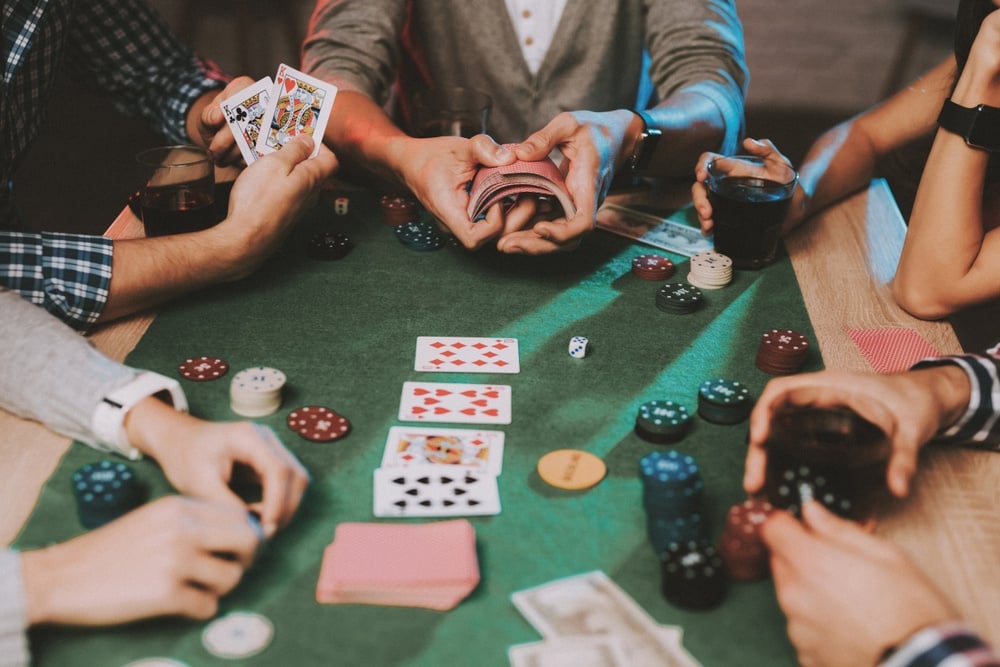
If you’ve ever talked yourself out of a bluff, folded a strong hand because it felt “safer,” or regretted not trusting your read, fear has shaped your choices-sometimes without you even realizing.
To win consistently, you must learn to recognize these moments and develop strategies to move beyond them. This article guides you through recognizing fear, understanding its impact on your poker performance, and building mechanisms to act decisively even when uncertainty is present.
Recognizing Signs of Fear-Based Play
Fear at the poker table doesn’t always manifest as visible anxiety. It often disguises itself as discipline or cautiousness. Identifying this subtle presence is the first step to breaking free of its grip.
Common indicators include:
- Dodging bluff opportunities, even when you have a solid read.
- Calling rather than 3-betting out of concern for a difficult response.
- Folding from your opening range simply because the bubble is near.
- Declining profitable but marginal calls, just to avoid looking foolish.
- Passing up thin value bets to “sidestep variance” deep in tournaments.
- Checking when a bet is warranted, justifying the passivity as “playing it safe.”
These habits may seem rational, but often they conceal a reluctance to embrace the necessary risks central to profitable poker.
The Science Behind Fear’s Influence in Poker
At its core, fear is a hard-wired defense mechanism designed for survival, not for optimal poker strategy. When stakes feel high and uncertainty is present, your brain triggers fight, flight, or freeze responses, flooding your system with adrenaline and cortisol. This tunnel vision hampers your ability to think creatively, reason through complex hands, and see long-term benefits-leaving you focused solely on short-term safety.
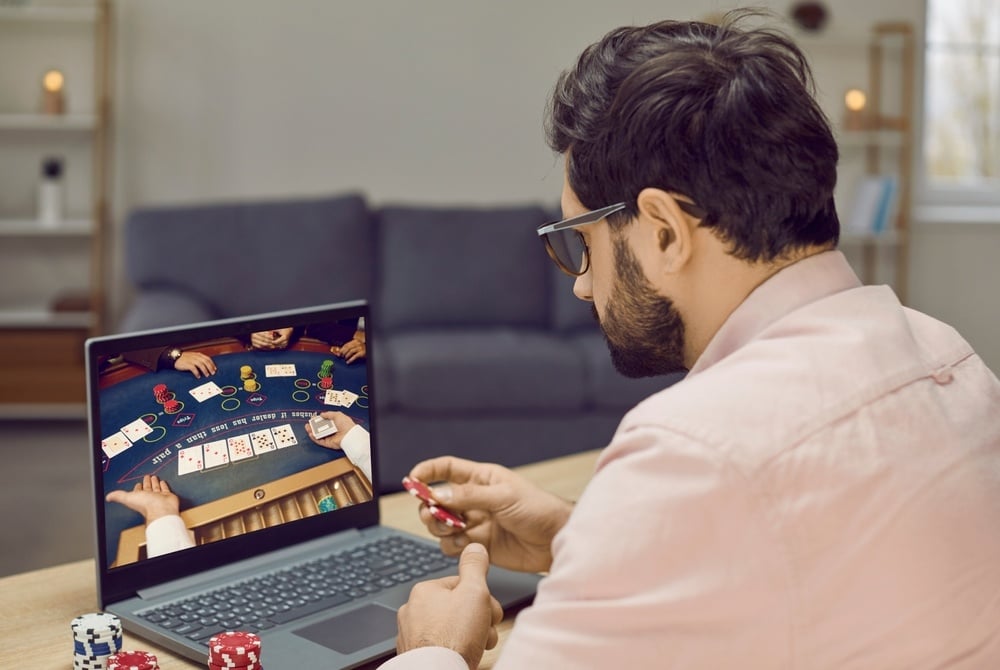
Thus, the urge to play “safe” is less about strategy and more about your brain seeking to avoid perceived threats-potential losses, criticism, or embarrassment.
How Fear Sabotages Your Poker Game
Fear doesn’t just alter your thoughts-it shapes your play and chips away at your edge. Here’s how these patterns can affect your overall performance:
Missed Opportunities Through Inaction
You might know that betting is the right call, but instead you check, justifying inaction through overthought logic. This is fear masquerading as reason, and each missed opportunity reduces your win rate over time.
Overcompensation: Switching Gears Too Aggressively
After realizing you’ve been too timid, overcorrecting by making wild bluffs, loose calls, or chasing action simply to prove your bravery can be just as damaging. This shift still comes from a place of fear-just a different mask.
Prioritizing Image Over EV
When you avoid certain plays to prevent looking foolish in front of others-stream viewers, tablemates, or study partners-you stop making decisions for profitability and start making them for ego protection.
Analysis Paralysis
Prolonged hesitation in spots you know well often signals that fear has taken over, causing you to second-guess established lines and undermining confidence.
The Ultimate Cost: Inaction on Knowledge
Knowing the correct move and failing to act due to fear is perhaps the most frustrating and growth-limiting mistake. This is not a reflection of toolset or knowledge, but a surrender to the fear of error or judgement.
Transitioning from Fearful to Fearless Poker
Playing without fear doesn’t mean eliminating anxiety; it means learning not to be controlled by it. Every great player has felt tension in high-pressure moments-deep tournament runs, big river decisions, or when making a gutsy bluff. The distinction lies in their ability to choose correct action regardless.
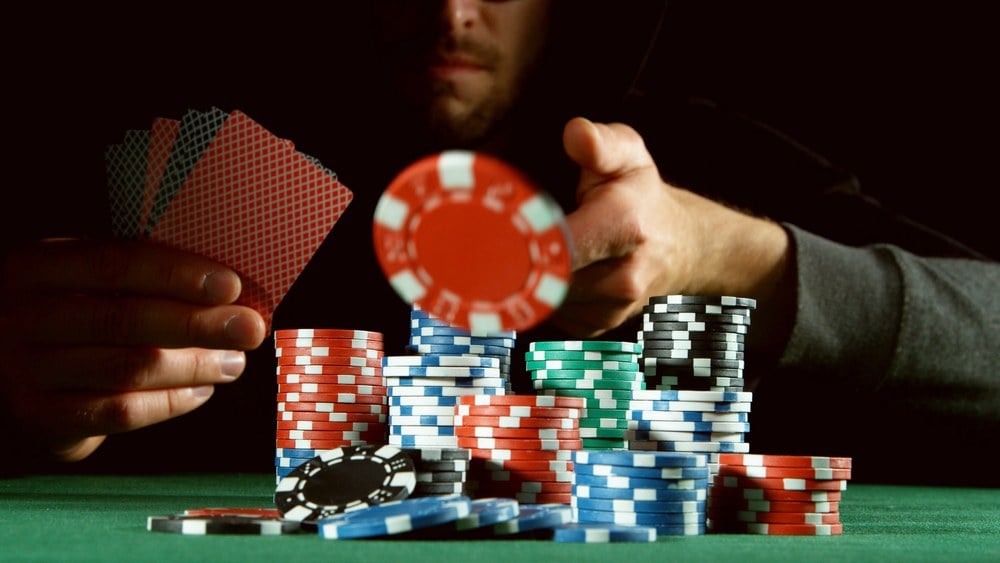
Mental training cues like reminding yourself, “I can experience fear and still act rationally,” are crucial. Fearless poker means proceeding in spite of unease, trusting your preparation and strategy rather than the discomfort of the moment.
What Fearlessness Is (and Isn’t)
Playing without fear is not:
- Acting recklessly or ignoring your emotions.
- Faking confidence or disregarding risk.
True courage means:
- Pushing forward while uncomfortable.
- Placing more trust in your process than your worries.
- Prioritizing long-term skill development over immediate comfort.
Consistency and growth in poker demand repeated practice of these principles.
Practical Techniques to Counteract Fear in Poker
You can't prevent fear from arising, but you can condition yourself to act with clarity and conviction. Here are four science-backed tools to build a fearless approach:
Mental Preparation Before Each Session
Spend a few minutes visualizing scenarios that make you uneasy: tough bluffs, pressure spots near the bubble, or aggressive plays you typically avoid. Imagine yourself responding calmly and making the optimal play. Familiarity through mental rehearsal can reduce anxiety when it counts.
Using the “If I Weren’t Afraid…” Self-Prompt
When faced with indecision, silently ask yourself, “What would I do now if I wasn’t afraid?” and “What would my best self do here, even if it fails?” This honest check-in can realign your actions away from avoidance behaviors.
Immediate Post-Hand Reflection
After challenging hands, reflect: did fear impact your decision? Noticing these trends without judgement increases self-awareness and improves future choices.
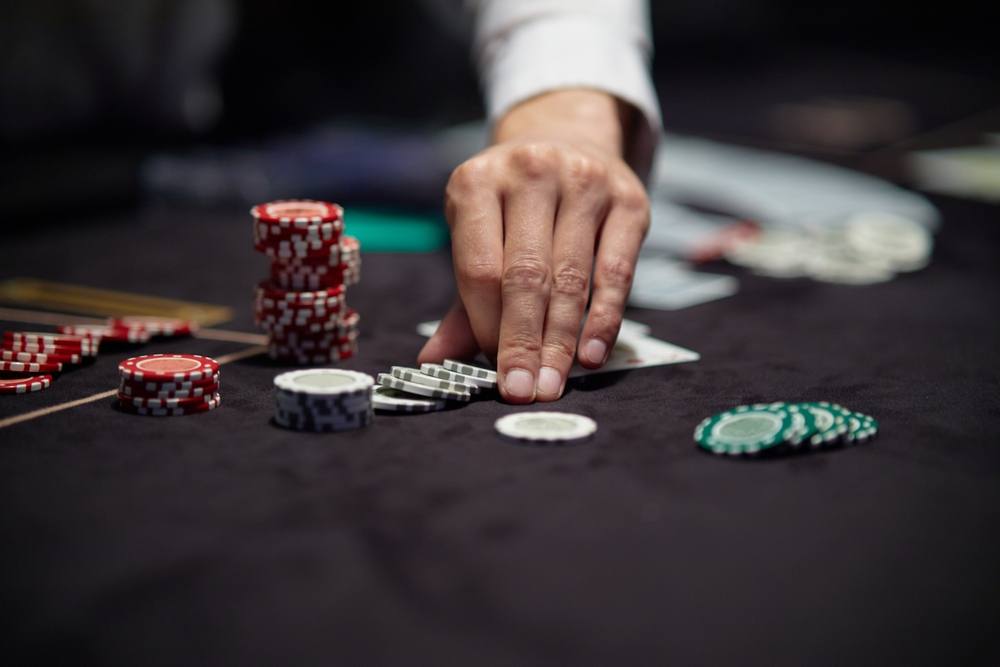
Logging Acts of Bravery
Keep a simple “Courage Log.” Every time you push through fear-be it a tough bluff, painful call, or sticking to your process-log it. Reviewing this journal can reinforce belief in your ability to play fearlessly and provide inspiration during future difficult spots.
Building Fear Tolerance Away from the Table
If you only work on your mindset while playing, you'll always be reactive rather than proactive. Expand your comfort zone outside of sessions using these principles:
Analyzing Former Fearful Moments
Review hands where you shied away from aggression or opportunity. Ask yourself what held you back, what you could do with a bit more confidence, and which preparations might help you face similar spots next time.
Seeking External Feedback
Share hands with peers or communities-even if you fear criticism. Facing feedback builds emotional resilience and sometimes uncovers better lines than you imagined.
Gradually Raising the Stakes
Carefully push your limits by playing tougher opponents or slightly higher stakes, with safeguards in place. This progressive exposure fosters growth without unnecessary risk.
Daily Reflection on Fear Encounters
After each session, jot down when and how fear showed up, and brainstorm ways to respond more constructively in the future. This routine creates a feedback loop for continuous improvement.
Courage in Poker: The Ultimate Skill
Fear will always be part of the game-there’s no way around the pressures, uncertainty, or risk. The key is not eradicating fear, but refusing to let it drive your decisions. You don’t need perfect confidence to make excellent plays; you simply need to trust your preparation and process more than the discomfort.













